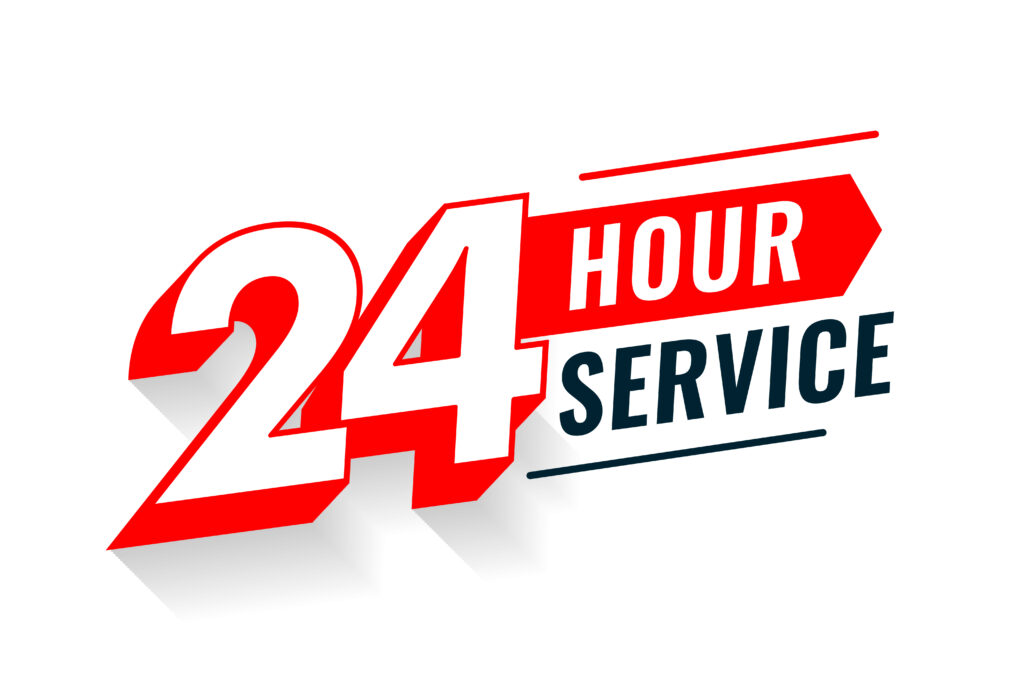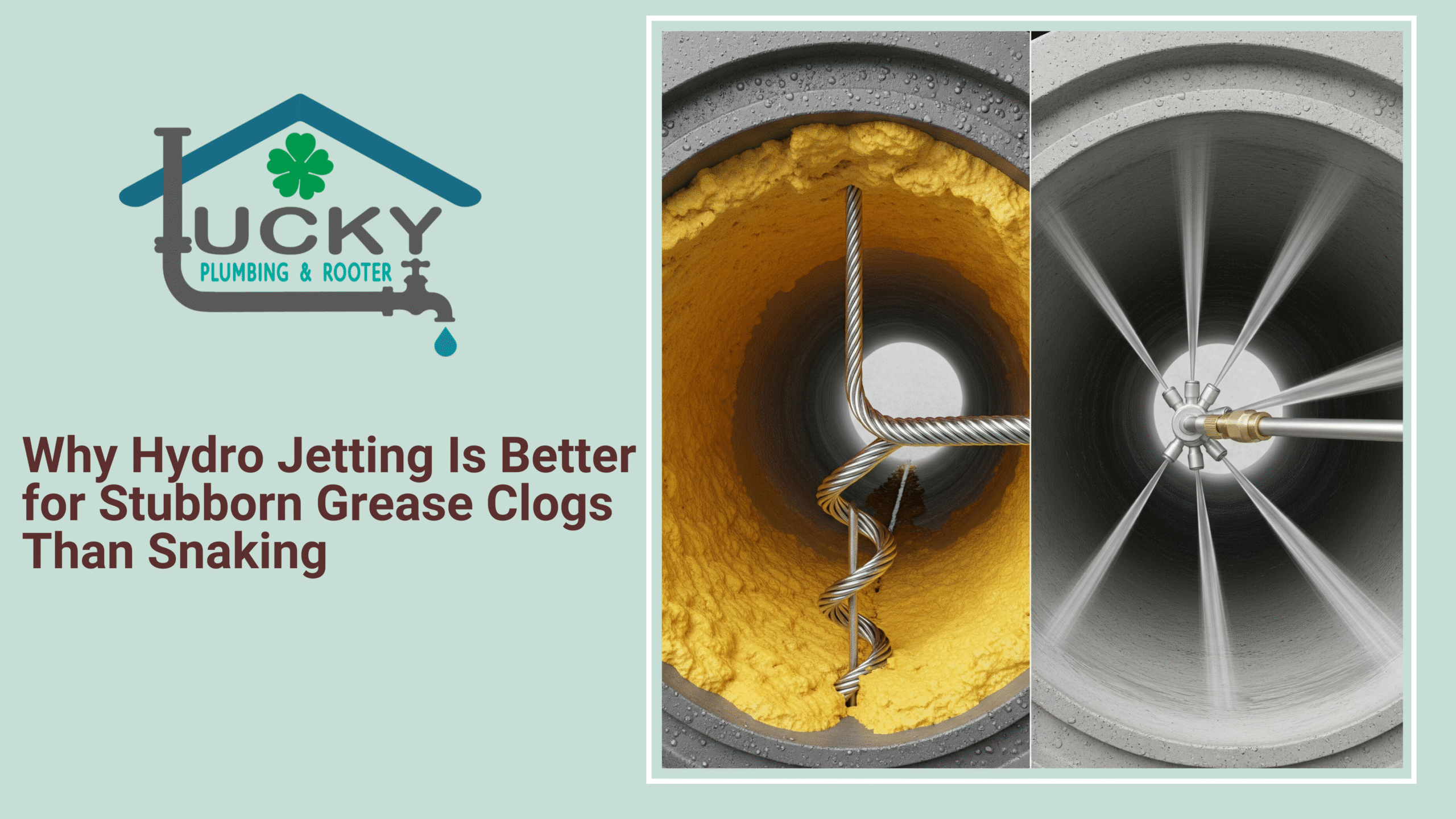Introduction
When stubborn grease clogs take over your plumbing system, they can cause severe slowdowns, backups, and unpleasant odors. While traditional drain snaking can temporarily restore water flow, it often falls short for thick, sticky grease build-up. Hydro jetting, on the other hand, offers a more effective and lasting solution by blasting away grease and debris with high-pressure water. In this article, we’ll explain why hydro jetting is a better option for removing stubborn grease clogs compared to snaking.
What Is Hydro Jetting?
Hydro jetting is a professional drain cleaning technique that uses a specialized nozzle connected to a high-pressure water hose. The water, released at pressures up to 4,000 PSI, scrubs the inside of the pipes, breaking apart and flushing away grease, food particles, soap scum, and other stubborn blockages.
What Is Drain Snaking?
Drain snaking (or augering) involves using a long, coiled metal cable to break apart or pull out clogs. While it’s effective for clearing simple blockages like hair or small debris, it doesn’t clean the pipe walls thoroughly. This means grease can quickly build up again after snaking.
Why Hydro Jetting Works Better for Grease Clogs
1. Complete Pipe Cleaning
Unlike snaking, which only pokes a hole through the blockage, hydro jetting removes the entire grease layer lining your pipes. This prevents clogs from forming shortly.
2. High-Pressure Power
Grease hardens over time, making it extremely tough to remove with a snake. Hydro jetting uses intense water pressure that breaks apart hardened grease deposits with ease, leaving your pipes spotless.
3. Long-Term Prevention
Because hydro jetting cleans pipe walls completely, it slows down future grease accumulation. This means fewer emergency calls to your plumber and more cost savings over time.
4. Eco-Friendly Cleaning Method
Hydro jetting relies solely on water; no harmful chemicals are used. This makes it safer for your plumbing system and the environment.
5. Works on All Types of Clogs
While grease clogs are the main target, hydro jetting can also remove tree roots, mineral deposits, and other stubborn obstructions that a snake can’t handle.

When to Use Hydro Jetting Instead of Snaking
You should consider hydro jetting if:
- You experience frequent grease clogs.
- Drains are slow even after snaking.
- You own a restaurant or commercial kitchen where grease disposal is common.
- A camera inspection reveals thick build-up inside the pipes.
The Hydro Jetting Process
- Inspection – A camera inspection ensures your pipes are in good condition for high-pressure cleaning.
- Setup – The plumber connects a specialized hose to a high-pressure water source.
- Jetting – The nozzle is fed into the pipe, blasting water in all directions to remove grease and debris.
- Final Check – A second inspection confirms the pipes are completely clean.
Why Snaking May Still Have a Place
While hydro jetting is more effective for grease clogs, snaking can still be useful for quick fixes, older fragile pipes, or when the clog is caused by a small object rather than heavy build-up. However, for thick, greasy blockages, hydro jetting is unmatched.
Cost and Value of Hydro Jetting
Hydro jetting may cost more upfront than snaking, but it’s often the more cost-effective solution in the long run because it prevents recurring clogs and reduces emergency plumbing visits.
Final Thoughts
If your drains are constantly slowing down due to grease build-up, hydro jetting is the most effective and long-lasting solution. While snaking can temporarily relieve clogs, it simply doesn’t provide the deep, thorough cleaning needed to keep grease from returning. For a cleaner, healthier plumbing system, hydro jetting is the clear winner. Contact us today!




